If you’ve enjoyed a cocktail in the past few weeks, you’ve likely done so in your own home, using whatever ingredients you have on hand. It’s equally likely that if you didn’t have a bottle of vermouth, your options were severely limited. Vermouth—wine fortified with a neutral spirit and flavored with an often-pungent mix of botanicals—is the critical ingredient that makes all your favorite spirits sing, the non-negotiable herbaceous note that makes martinis, Negronis, Manhattans, and any number of related cocktails more than just booze and garnish in a glass.
A fantastic beverage in its own right (pour a good, fresh sweet vermouth over ice with a sliver of orange peel and tell me I’m wrong), a solid vermouth is arguably the single most important bottle missing from many home bars and the key to elevating your at-home cocktail hour.
Think of it like a multiplier for your spirits collection; a simple splash of vermouth can add complexity to the drinks you’re already mixing and make possible a range of cocktails you’re not. If you have more than one vermouth on hand (at least a bottle each of both dry and sweet vermouths), you’ve leveled up yet again, all for the cost of a decent bottle of wine.
The French, Italians, and Spanish have known this for centuries, long-ago embracing vermouth not just as a cocktail component but as a refreshing standalone aperitif, typically served chilled with a citrus twist. But despite taking up an important role in American cocktail culture as early as the late 19th century, American consumers have proved more content to let vermouth live at their favorite cocktail bars rather than in their home refrigerators.
Many consumers’ lack of enthusiasm for vermouth as an at-home beverage or cocktail ingredient may stem from a simple lack of understanding of what vermouth is, says John deBary, former bar director for Momofuku in New York City and author of the forthcoming book Drink What You Want, releasing June 2. “It’s a key ingredient because it’s a freshness component, like a wine,” deBary says. “And I think people may have had vermouth that’s been sitting in a back bar, open and half full, for three years. They try it, and it’s disgusting, and now they think vermouth is gross.”
The fix for this is simple: Treat vermouth like a wine (because it is). An unopened bottle can sit on the shelf for years, but once opened, store it in the fridge. Because of its higher ABV, vermouth will keep in the fridge longer than a typical table wine. But let your nose be your guide as to when to let your bottle go. “It’s not a food safety thing, but it starts to get not-great after a couple weeks,” deBary says. You’ll know when it starts to lose some of its freshness and takes on some oxidized aromas.
An easier solution: Drink your vermouth. As noted above, either red (sweet) vermouth or white (dry) vermouth poured over ice makes for a flavorful, herbaceous, and low-ABV aperitif, best served with a sliver of orange or lemon peel, respectively. A splash of soda or even sparkling wine turns either into a refreshing afternoon spritz.
“To me, [vermouth] is kind of like a cocktail in a bottle in a way,” deBary says. “It’s like someone’s already gone through the work of the ‘mixology’ and put together all these botanicals they think are delicious.” All you have to do is drink up. Below, a few bottles to get you started.
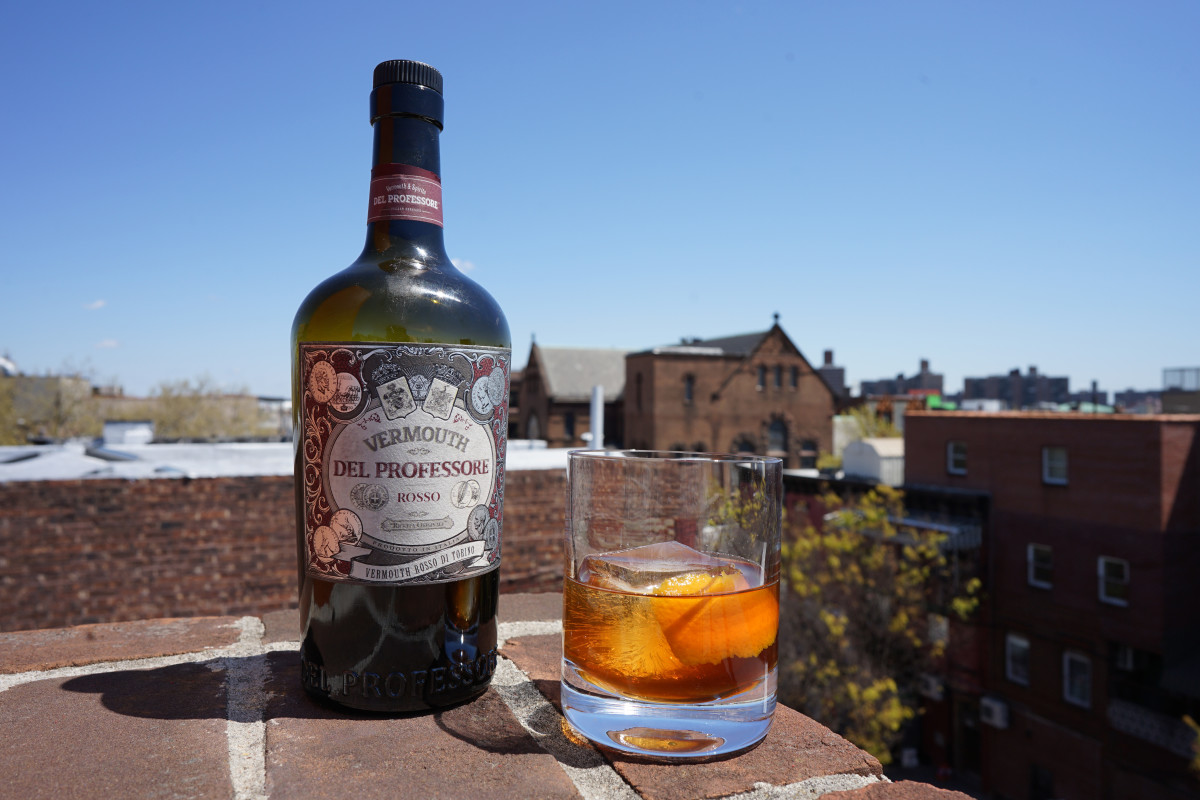
Vermouth Del Professore Rosso
Produced in collaboration with the renowned Jerry Thomas Speakeasy in Rome, this minty, zesty, bitter vermouth was designed as a versatile cocktail component. But it’s just as good in a glass, over ice, as a standalone aperitif. [$28; astorwines.com]
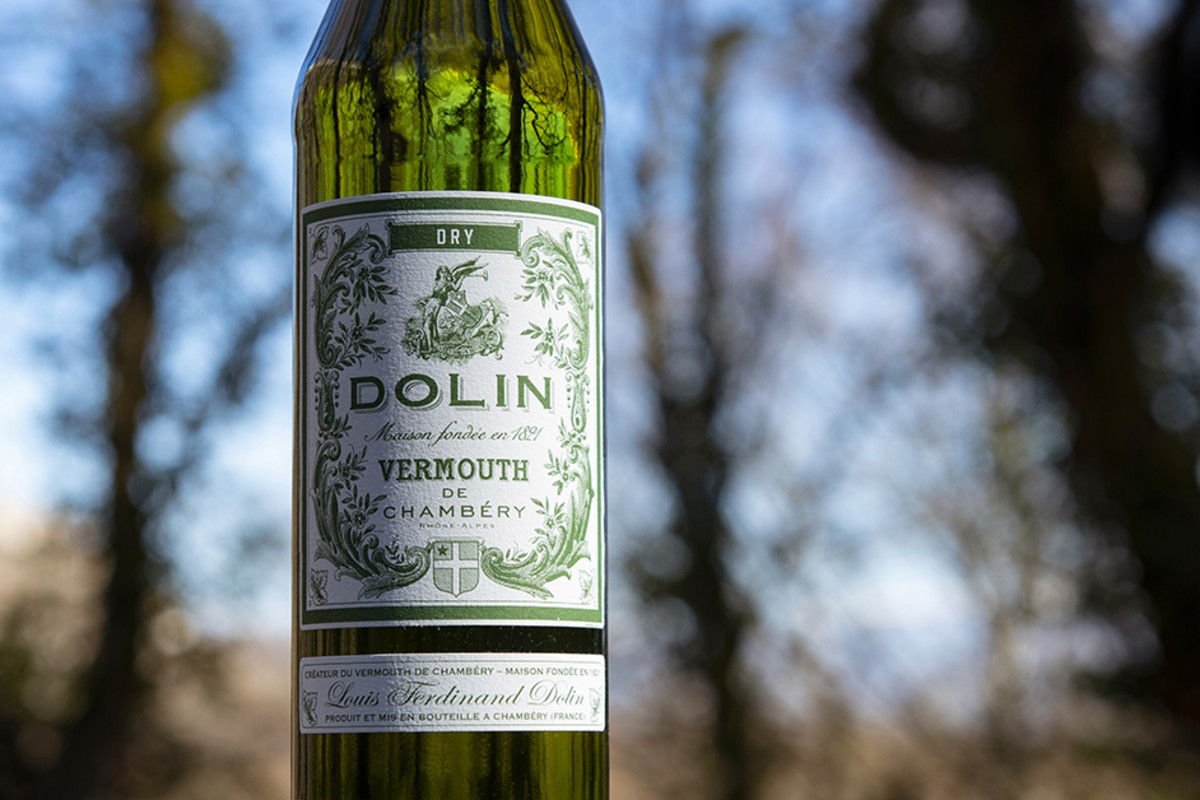
Dolin Dry Vermouth
Dolin Dry is a bar staple for those who enjoy a good dry martini (2:1 ratio of gin to vermouth plus a lemon twist if available, and you’re done) or a simple summertime spritz. It also comes in handy half-bottles for those who like the occasional crisp cocktail but don’t care to crack open a whole bottle to make one. A splash of its more lively cousin, Dolin Blanc, can liven up mixed drinks, particularly those involving citrus or soda. [$17; drizly.com]
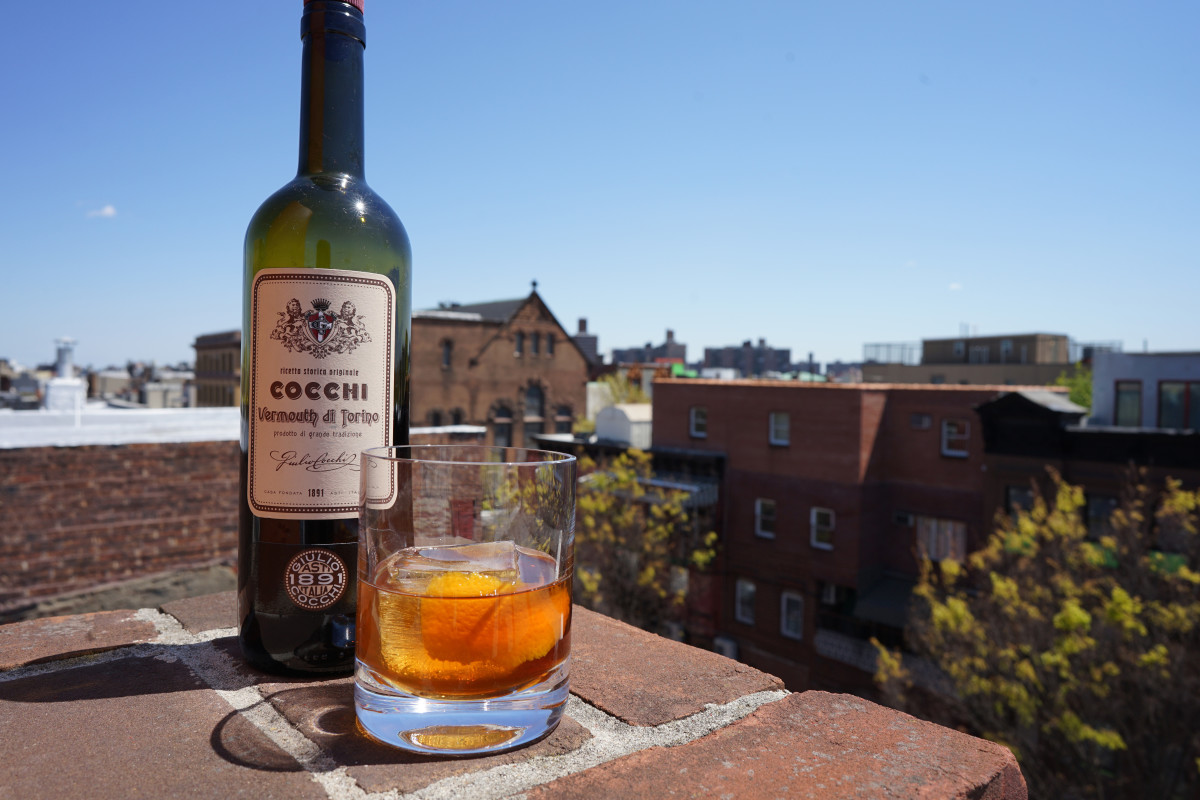
Cocchi Vermouth di Torino
Hailing from Torino—one of just two protected geographical zones of origin for vermouth—Cocchi makes its classic vermouth rosso from a light, fruity moscato base wine and powerful mix of botanicals. The result is light in the mouth, but vibrant enough to stand up to spicier spirits like rye and bourbon whiskeys. Think: Manhattans and Negronis. [$20; totalwine.com]
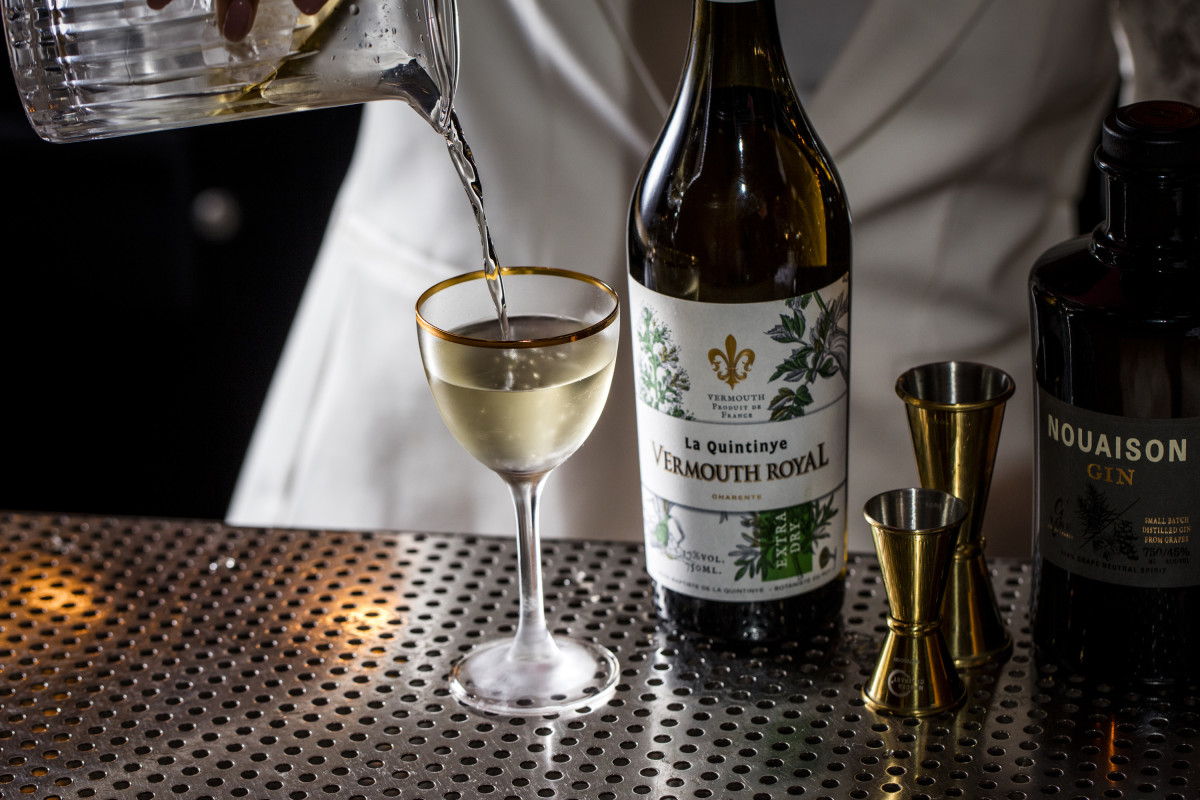
La Quintinye Extra Dry Royal Vermouth
The difference-maker for La Quintinye Royal Vermouth is another fortified wine, Pineau de Charentes, made in western France and fortified with the same brandy distillate used to make Cognac (and itself an excellent cocktail component). A blend of white wines infused with 27 botanicals and fortified with Pineau de Charentes, this extra dry vermouth makes sense before dinner, after dinner, and across a range of cocktails. Ideal for experimentation. [$24; astorwines.com]
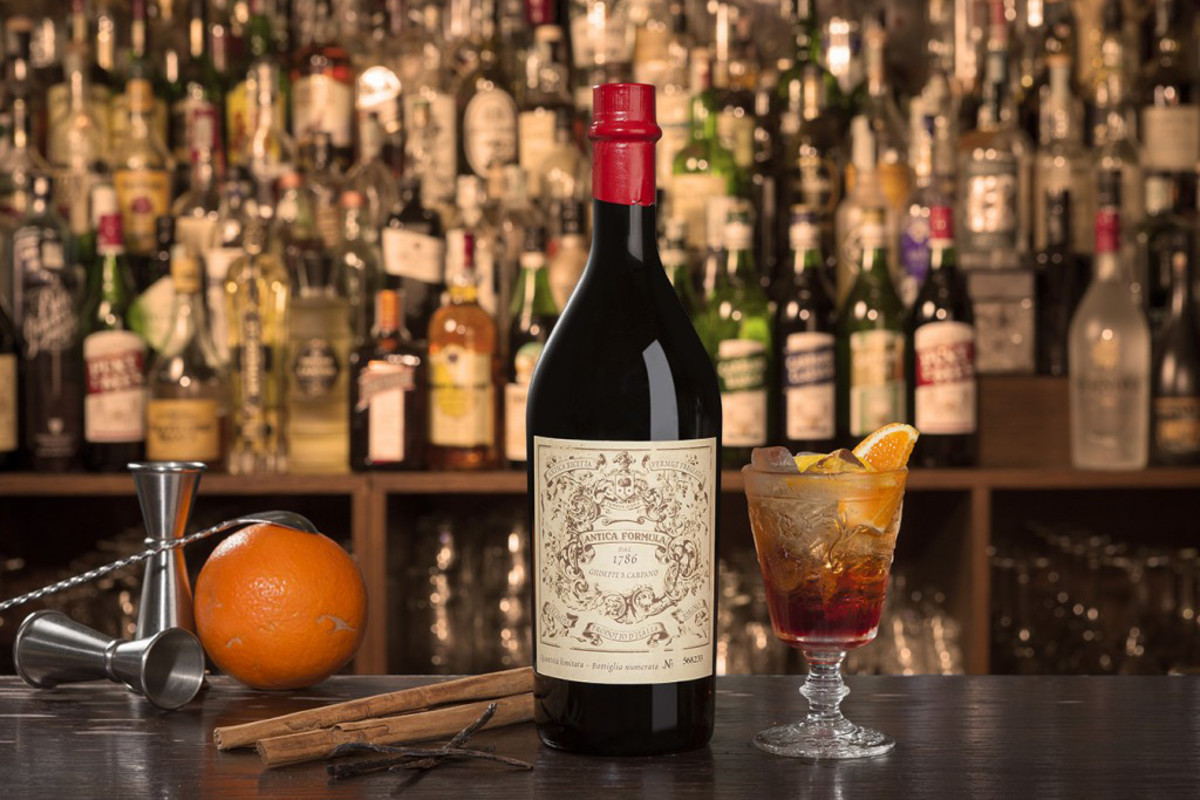
Carpano Antica Formula
Another fantastic expression from Torino, Antica Formula is a favorite among bartenders for its blend of bitterness, spiciness, and vanilla, the latter contributing to a richness not present in some lighter vermouths. A fantastic foil to spicy whiskeys. [$28; 1L; totalwine.com]
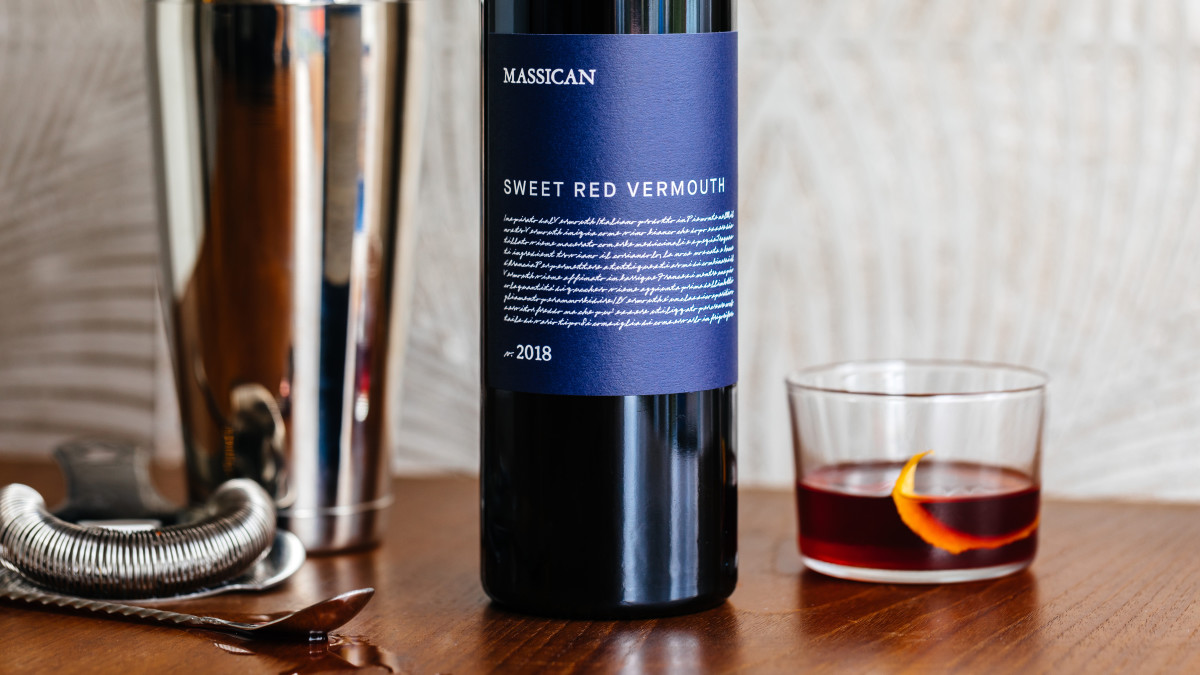
Massican Sweet Red Vermouth
Less a cocktail mixer and more a straight sipper, this sweet vermouth begins as dry white California wines before receiving an infusion of spices including coriander, orange peel, and nutmeg. An homage to the classic Italian Piemonte vermouths of yore, this New World vermouth will set any home bar apart. [$22; massican.com]
Editor’s Note: While you’re mixing cocktails at home during lockdown, many of the people that have long served you at your favorite drinking and dining establishments are finding themselves in a tough financial place. The Restaurant Workers’ Community Foundation was founded in 2018 to help those in the hospitality industry that often live a few shifts away from financial hardship. Through direct financial assistance, grants, and an no-collateral loans, the RWCF is running full tilt to help hospitality workers stay on their feet through these challenging times. Consider giving if you can.
from Men's Journal https://ift.tt/2KSFaQW
No comments:
Post a Comment